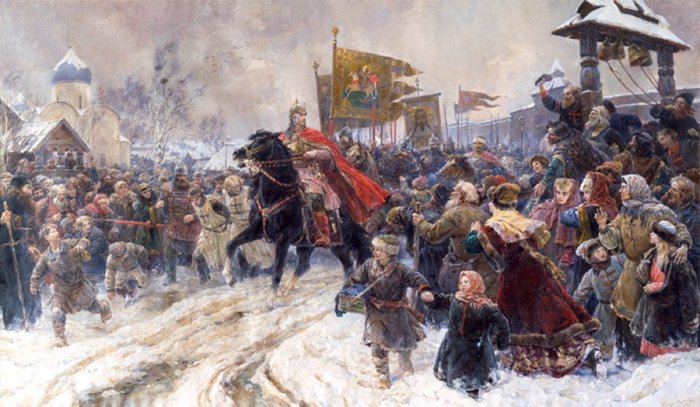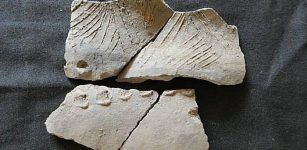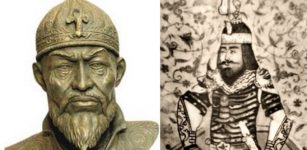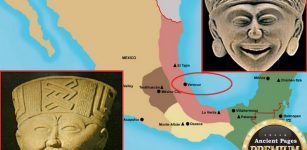On This Day In History: ‘Battle On The Ice’ – Army Of Prince Nevsky Against Teutonic Knights Was Fought – On Apr 5, 1242
AncientPages.com - On April 5, 1242, the famous "Battle on the Ice" was fought on Lake Peipus between the Teutonic and Livonian Knights and the army of the Russian city of Novgorod, led by Prince Alexander Nevsky.
Nevsky was admired for his efforts to alleviate Mongol oppression and outstanding military skills.
Monument-chapel at the temple of Alexander Nevsky in the village. Ust-Izhora (detail). Image credit: Irina Mikhailovna Selezneva - CC BY-SA 3.0
In the 1240s, Russia found itself in the clutches of the Tatar-Mongol's Golden Horde in the east and the Holy Roman Empire in the west. Such a complicated situation required a brilliant political figure to deal with the crisis.
Alexander defeated the Swedes on July 15, 1240, at the mouth of the Neva River (hence the nickname "Nevsky").
On April 5, 1242. Alexander, intending to fight in a place of his choosing, retreated to draw the often over-confident invaders onto the frozen lake.
As estimated, the crusader forces likely numbered around 2,600, including 800 Danish and German knights, 100 Teutonic knights, 300 Danes, 400 Germans, and 1,000 Estonian infantry. Nevsky and his brother Andrei had bodyguards in the number of around 1,000, plus 2000 militia of Novgorod, 600 horse archers, and 1400 Finno-Ugrian tribe member
Entrance of Alexander Nevsky at Pskov after the Battle on the Ice. Artist: Valentin Serov.
The battle was fought between Estonia and Russia on April 5, 1242, at Lake Peipus.
The battle was fierce, with the allied Russians fighting the Teutonic and crusader troops on the lake's frozen surface.
A little after two hours of close-quarters fighting, Alexander ordered his army's left and right wings (including cavalry) to enter the battle.
The Teutonic troops, by that time, were exhausted from the constant struggle on the slippery surface of the frozen lake.
The common belief that the Crusaders had a special formation, called 'the pig,' is now disputed. Also, there is a lack of evidence that roughly half of the Teutonic knights fell through the ice because they could not withstand the weight of their heavy armor. The Teutonic knights started to retreat in disarray deeper onto the ice, and the appearance of the fresh Novgorod cavalry made them withdraw in panic. The battle was over.
The Teutonic Knights never mounted another severe challenge eastward.
After his death, Alexander Nevsky came to be revered as a savior of Russia, and the Russian Church canonized him in 1547.
AncientPages.com






















